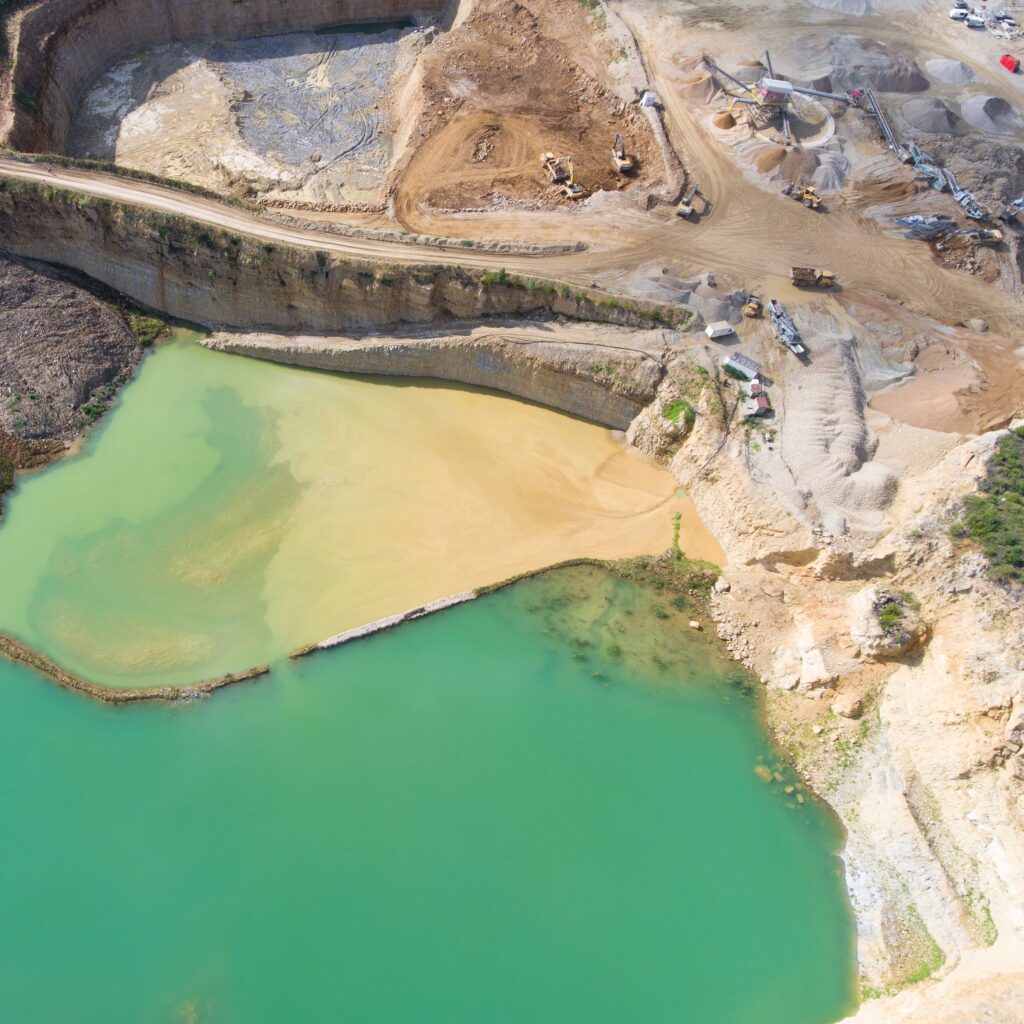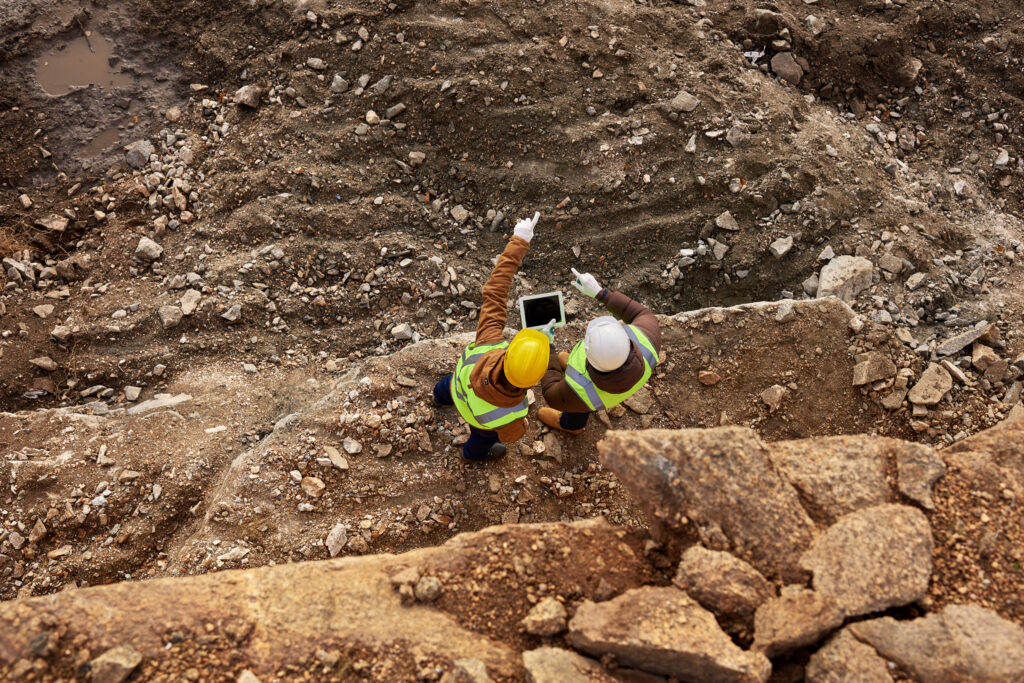When it comes to tracking environmental performance, companies across the globe are facing a common challenge – how can they possibly manage what isn’t being accurately measured?
As ESG concerns increasingly dominate discussions from the breakroom to the boardroom, leaders have set out ambitious goals towards more sustainable business practices. A 2021 study by the US firm Crowell & Moring, revealed that 78% of companies surveyed had outlined clear environmental performance goals.
While this is promising, what’s missing from their efforts is authentic reporting. The same study showed that less than half of those surveyed are measuring for key monitoring types, such as water use and electronic waste.
It’s bad news for shareholders and concerned employees, who are left wondering – where’s the evidence?
To get a clear picture, it’s worth considering the analytical lens through which companies are viewing their environmental goals. And better still, what tools (or lack thereof) are they using to capture the data.
Modes of analysis
Depending on industry and size, businesses use a range of frameworks to determine the impact they’re having on the environment. These are determined and managed by company compliance and ESG professionals but may also involve legal advice.
Some are based on an input/output analysis or on internal guidelines, but there are broader frameworks in common use. Chief among them is a methodology developed by The Coca-Cola Company in the 1960s called the life-cycle analysis (LCA).
LCA takes into account all impacts associated with production, use and disposal of a product. It provides a holistic view of the product’s journey from resources used for manufacturing, distribution and eventual use.
The other major mode of analysis comes by the familiar name of ‘footprint’. Ecological footprint serves the purpose of measuring all environmental impacts in a single number. This is determined by how fast the planet can regenerate resources used as well as absorb waste produced.
Of course, to get to this number companies need the means of capturing a range of data points. While each business has its own set of criteria based on their industry operations, there are fundamental indicators most will track as part of an ESG report.
Energy consumption, water use, biodiversity impacts, emissions and material waste are among the major factors.
Such wide-ranging environmental criteria is only as good as its data. Because getting that crucial data often requires a costly and time-consuming process, businesses need to ensure their means of data capture adequately meets the challenge.
How is the data getting captured?
While it’s safe to assume most businesses have moved on from handwritten logbooks, many will still input field data into a spreadsheet or forms tool for analysis.
Some may feel this process is justified due to the size and means of the business, but it’s a process riddled with risks. It’s likely that several personnel will need access to the resource, meaning precious formulas and data sets are repeatedly exposed to human error.
Spreadsheets also involve a time-lag. This could result in costly delays for players in mining and oil and gas, where opportunity delays of just one or two days can set companies back in the thousands of dollars.
Major players will likely have a software solution in place. These platforms have the benefit of providing a single source of truth that can be accessed by multiple stakeholders.
It may be that these solutions serve basic data capture requirements in the short-term, but most are falling behind when it comes to market-leading features in enterprise software. They lack scalability and are unable to match the reporting needs of the business.
The good news is there are vast improvements afoot in the world of fit-for-purpose ESG software.
Next gen environmental data management
As ESG takes a larger slice of the corporate agenda, the demand for cloud-native and scalable environmental management software has reached an all-time high.
Companies are now looking for the kind of high-calibre software that encourages authentic ESG reporting and accountability.
This is something the INX team knows all too well. For many months our Product and Research teams have been building on our software capabilities to provide the next generation of environmental software management.
Their hard work has led to INX Preserve. As a pure SaaS, cloud-native platform, INX Preserve is equipped with predefined data for accurate reporting – including parameters, units of measure and standards.
“Not only does INX Preserve address challenges for ESG and compliance professionals, it will also be a game changer for those working in IT and security,” says INX Product Manager Bradley Cobb.
“Businesses can now migrate historical monitoring data from their current system and start experiencing the product’s intuitive features.”
Designed with the input of environmental experts, the product comes at a crucial time for businesses serious about backing up their sustainability goals with concrete data.
You can find out more about INX Preserve or contact the team to request a demo here: https://www.inxsoftware.com/products/inx-preserve/
Image credit: Eric Aiden, Unsplash
Last updated: November 2022














